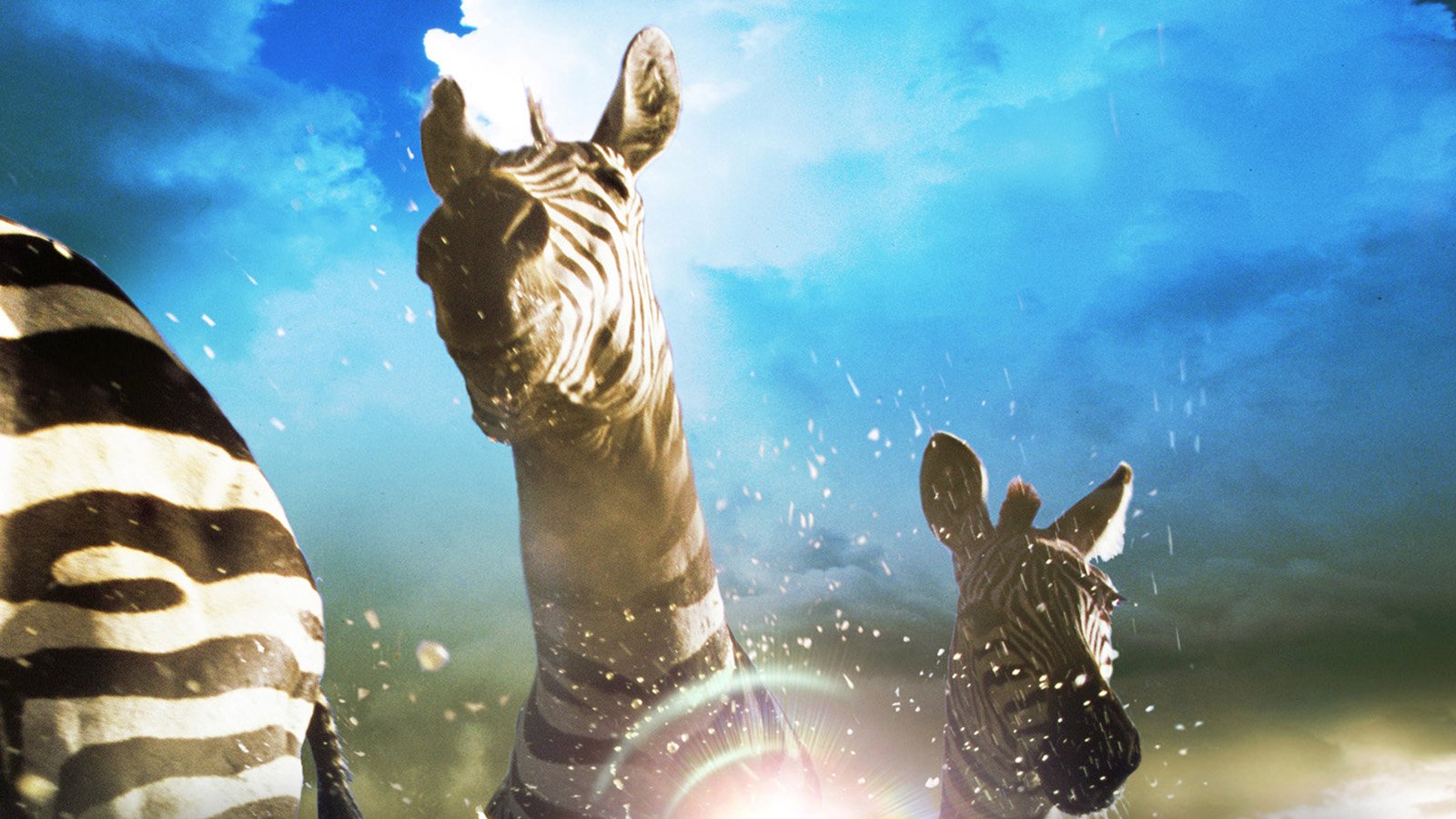
Смотреть 1 сезон сериала BBC: Величайшие явления природы в озвучке Профессиональная одноголосая
Чтобы запомнить серию нужно зарегистрироваться.
Выберите доступное качество
Выберите плеер

Ace Player
- Устанавливается вместе с плагином Ace Stream;
- Сам запускает Ace Engine;
- Отображает статус потоков;
- Много рекламы до и во время просмотра.

PotPlayer
- Отсутствие рекламы в самом плеере;
- Удобный и качественный видеоплеер для повседневнего использования;
- Необходимо самостоятельно установить PotPlayer на свой компьютер;
- Необходимо самостоятельно запускать Ace Engine или добавить его в автозагрузку Windows;
- Не отображает кол-во потоков в статусе. Если необходимо узнать, то наведите на значок Ace Engine в трее.

VLC
- Отсутствие рекламы в самом плеере;
- Удобный и качественный видеоплеер для повседневнего использования;
- Необходимо самостоятельно установить VLC Player на свой компьютер;
- Необходимо сделать все, как написано в данной инструкции;
- Необходимо самостоятельно запускать Ace Engine или добавить его в автозагрузку Windows;
- Не отображает кол-во потоков в статусе. Если необходимо узнать, то наведите на значок Ace Engine в трее.
TVFeed не занимается ретрансляцией и не хранит видео-, торрент- и другие подобные файлы. Все данные хранятся в AceStream и берутся из открытых источников.
Как смотреть сериалы?
Установите плагин AceStream для своей операционной системы: Windows, Linux или Android, затем перезапустите браузер. После этого Вы получите доступ к онлайн-просмотру сериалов с качеством до 1080p и настоящим HD (сравните качество HD у нас и на Seasonvar). Выберите качество и смотрите онлайн 1 сезон сериала BBC: Величайшие явления природы в озвучке professional (одноголосая)
Внимание: все данные берутся из AceStream и мы не может знать наверняка, что контент внутри - это именно то, что вы искали. Так же мы не можем проверить его работоспособность (источники). Мы не занимаемся хранением данных, у нас отсутствует плеер на сайте, мы не выдаем торрент-файлы, т.к. их не используем. Мы передаем данные из AceStream в формате "как есть" (as is).
После просмотра серию можно сохранить к себе на компьютер, просто нажав на иконку дискеты в плеере.
Пожалуйста, при нахождении проблемы сообщите нам через обратную связь или через сообщения в нашем сообществе ВКонтакте и мы постараемся исправить проблему. При этой уточняйте страницу, сериал, сезон, озвучку и выбранное качество

Мы переходим в Telegram
Друзья! Мы осваиваем Телеграм. Расскажите какой функционал Вы бы хотели видеть у нашего бота.
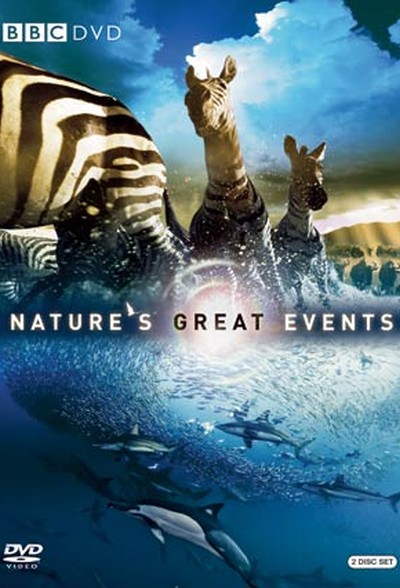





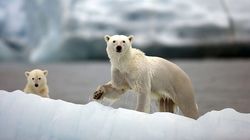
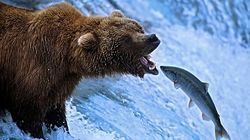
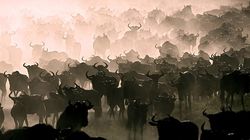

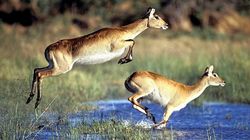
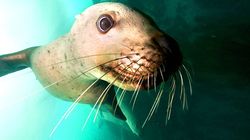
Комментарии к сезону отсутствуют. Стань первым!